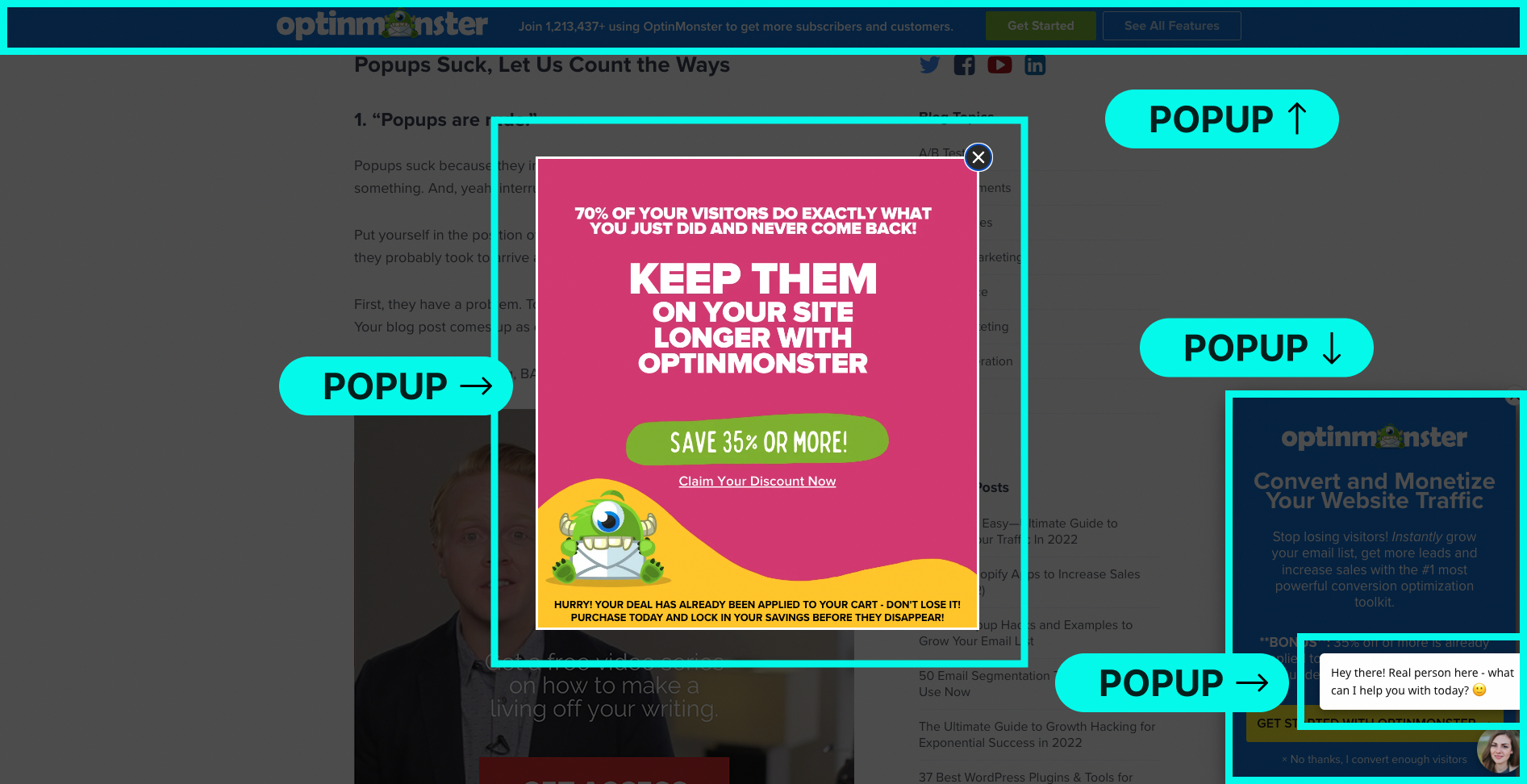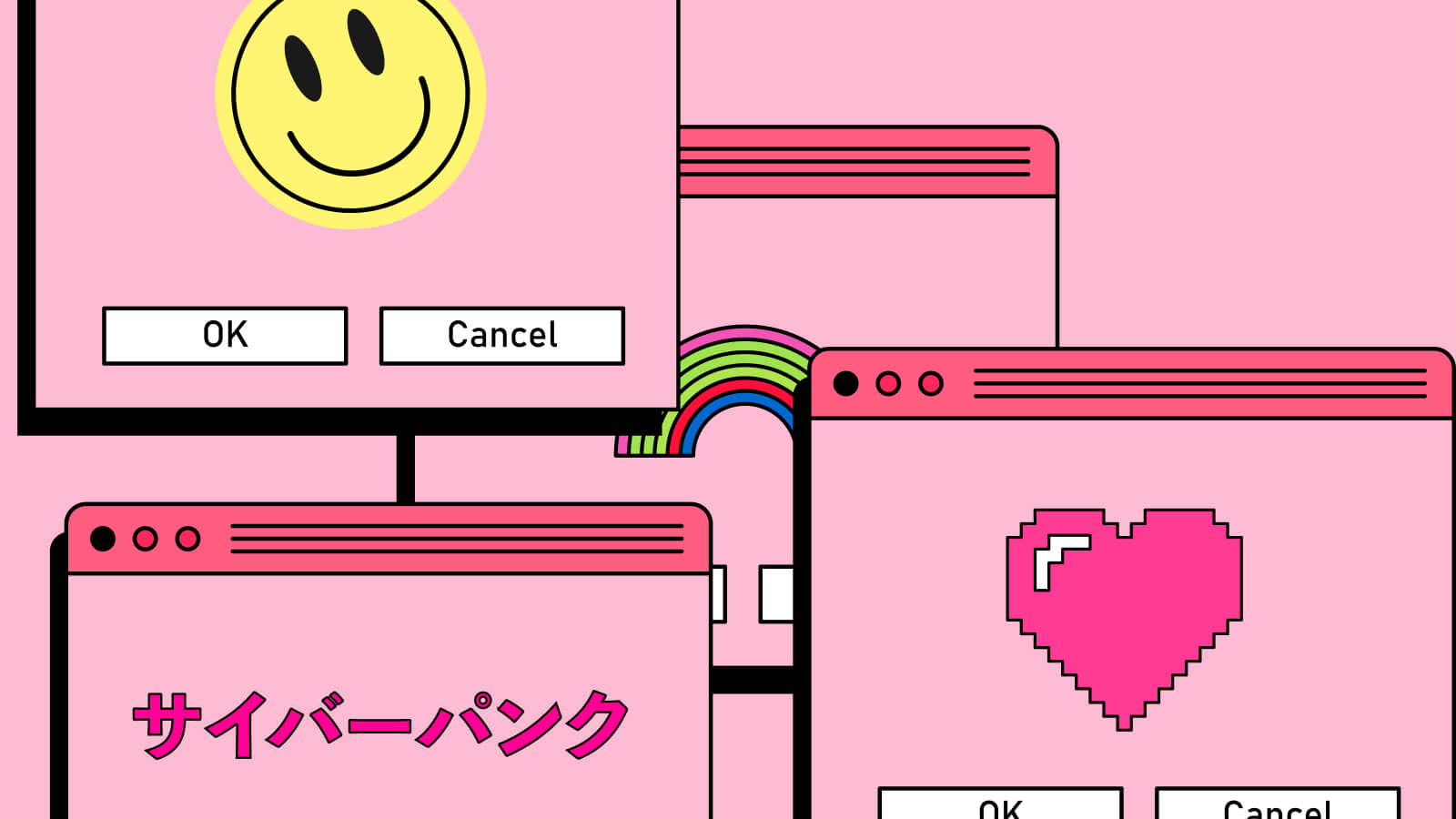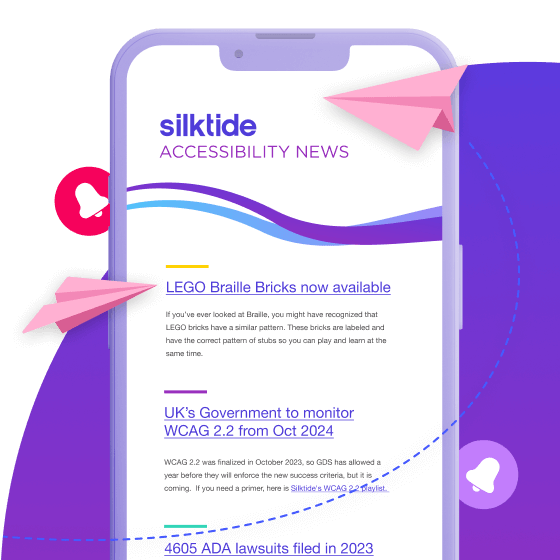I’m always interested in the latest innovative web solution that’s “proven” to increase conversions by 10 bajillion percent. And one of the big culprits are pop-ups.
There’s no doubt you’ve experienced them before. You’re scrolling down a page when suddenly everything falls into shadow like a scene from War of the Worlds and then, pop! You get a pop-up.
These pop-ups can be set to appear after various triggers. Some may appear on page load, others are timed to appear after a few seconds, at a certain point on the page, or (the more frustrating) pop-ups that appear whenever the user tries to change a tab or press the back button.
There are quite a few different types of pop-ups and common uses across websites today. In fact, OptinMonster lists 37 different types of popups. But some of the most common ones include:
- Lightbox – Darkens the webpage you’re on and displays a new smaller window over the website you’re viewing.
- Floating bar – A thin strip of text-based content usually at the top or bottom of a website.
- Chat pop-up – These are usually part of a live chat plugin on the website and look as if you have received a direct message.
Back in the early years of the internet pop-ups were a side effect of a computer infected with a virus picked up from a dodgy website. You may even remember the term “pornado” (please, do not Google this term. You’ll thank me later) to describe an onslaught of them across your boxy screen. Eventually, anti-virus got more sophisticated and pop-ups slowly faded into a melting pot of bad internet memories right next to dial-up connection.

Then, one day, clever marketers decided to bring back pop-ups – a concept that everybody hated – and make it the go-to strategy in today’s world of digital marketing. It’s gotten so bad that even Google has had to weigh in – although they affectionately refer to pop-ups as interstitials…
If you’re a Chrome user like me, you’ll also commonly see popups asking if you want to receive “Chrome notifications”. Not only are these annoying instant rejects but they are so common on mobile devices where screen real estate is already extremely limited. If you combine this with a cookie banner then it’s likely any users accessing your website on mobile have up to 40% of their screen covered by popups.
What’s worse (in my superior opinion) are video overlays that I see all the time on news and gaming websites. If you visit IGN.com on mobile, almost half of your screen will be covered by a sticky video overlay that hides the majority of the page content.
For those of you who use a browser ad blocker like me, you’re probably also used to ad blocker popups that block you from being able to browse the site unless you turn off your ad blocker and expose yourself to paid advertisements. You’ll find these across every newspaper website.
If it’s not coming across, I’ll be plain; I don’t like pop-ups. But it’s not because I’m an impatient millennial or technophobe, it’s simply because while they might have a chance to increase conversions, they can only do so at the sacrifice of major aspects of your website’s experience. Just take a look at OptinMonster which instantly showers you with popups.

Whenever you look up website pop-ups online you’ll see endless articles, lists, and expert marketers singing their praise (usually the people selling them). And if there’s anything that digital marketers suffer from it’s extreme FOMO (fear of missing out). If someone is doing something cool that increases conversions, then yoink! I’m doing the same thing. Or at least, I used to…
Sometimes it’s difficult to find a way around using pop-ups. Cookie banners are a good example. If you’re tracking cookies on your site (and following the law) then you’re likely to have a banner asking for users to accept cookies. Unfortunately, there’s no cleaner way to do this than a popup.
If I’m honest, I’ll admit that not all pop-ups are that bad… they just mostly are. If they’re not properly considered they can do more harm than good. Floating bar pop-ups for example can be done better. If they aren’t overlaid over any webpage elements or push down the contents on the page then they can be less annoying and accessibility friendly.

As for lightbox pop-ups, please get rid of them. A non-visual user is likely to use technology like a screen reader to navigate your site. It focuses on areas of your site and reads the selected content aloud. So, imagine the frustration when the focus is stolen from your content and instead is now on a pop-up. As a visual user, it’s frustrating enough to close the pop-up, find where you were reading, and carry on. For users using screenreaders, it’s even more cumbersome.
In fact, the Web Content Accessibility Guidelines (WCAG) 2.1 bans all uses of pop-ups without explicitly alerting the user beforehand. While WCAG refers to this as part of a wider success criterion called 2.4.3, Focus Order, it’s often referred to by web devs as stealing focus. It’s known as something that you should always look to fix on a website or web application. Yet it is literally the problem that pop-ups create.
So, what is the secret about pop-ups that nobody tells you? It’s that using pop-ups on your website is guaranteed to impact your user experience and your website’s accessibility negatively. In turn, that can seriously plummet your SEO, average page duration, and overall brand reputation. If you want inspiration on how to get it right, just look at Apple’s website. They don’t use pop-ups and absolutely nail the balance of web design, user experience, and accessibility.
So stop with the FOMO and ignore the horde of digital marketers telling you to buy your way to the top with pop-ups. There is no shortcut. Instead, focus on good quality, authentic content, good design, and accessibility.
If you want a hand governing your website’s content, user experience, web accessibility, and more, then fill out this form and we’ll give you a tour.

